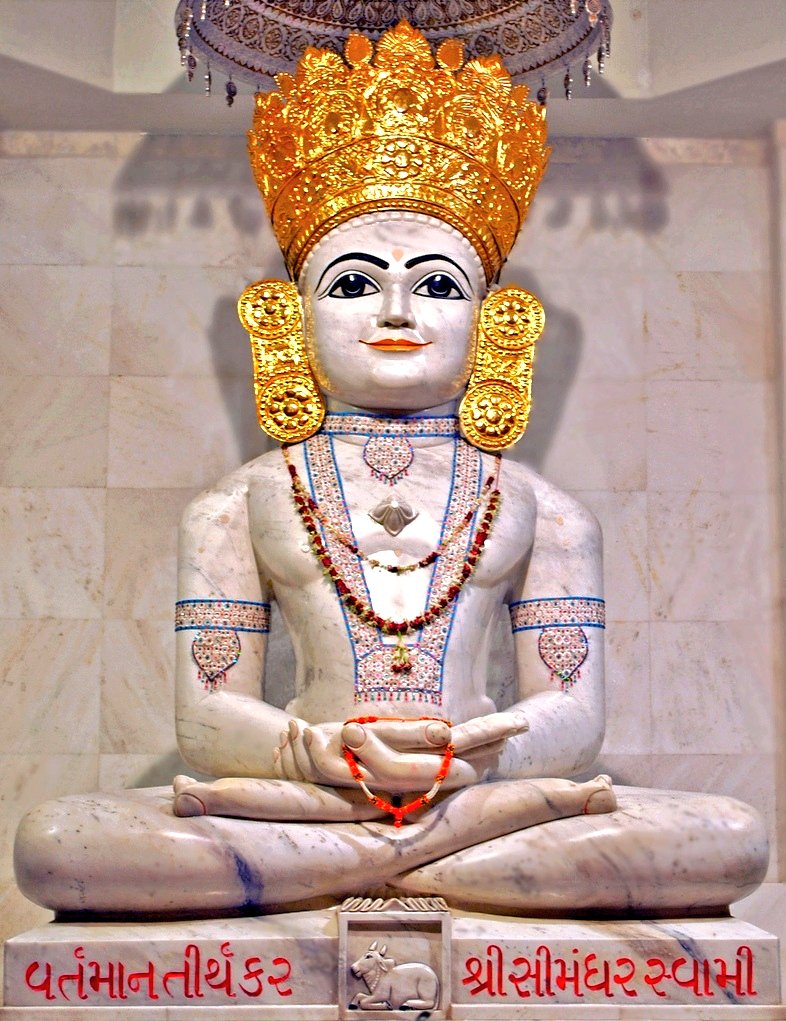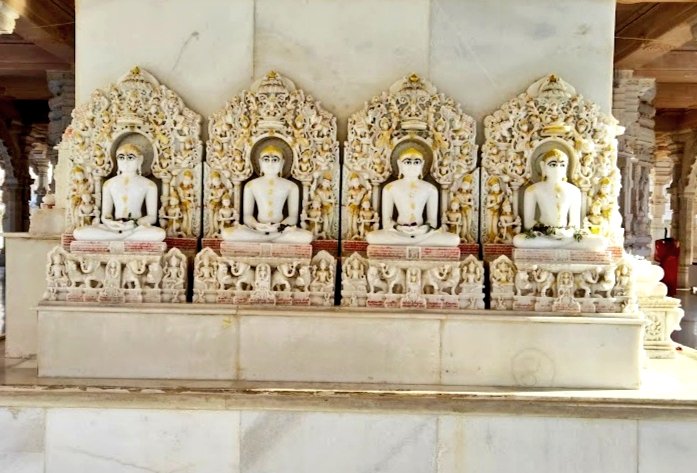
Hastgiri #Jain Tirth, Palitana, Bhavnagar dt, #Gujarat
In the circulatory pilgrimage of 12 Kos (38 kms) of Mt. Shatrunjay, this temple is also one. Built in 1979 under the blessings & inspiration of Gachchaddipati Shrimad Tamachandrasurishvarji.🙏🏼
#Thread #sundayvibes #temple



In the circulatory pilgrimage of 12 Kos (38 kms) of Mt. Shatrunjay, this temple is also one. Built in 1979 under the blessings & inspiration of Gachchaddipati Shrimad Tamachandrasurishvarji.🙏🏼
#Thread #sundayvibes #temple




Hastgiri is also known as Hastisengiri. This tirth dedicated to Bhagwan Rishabhdev is believed to be originally built by his son Bharat Chakravarti in those times. Bharat Raja attained attained Moksh here. His son Hastisen muniji also attained Moksh with numerous monks.
(2)



(2)




It is also believed that Bharat Chakravarti's elephant after entering into fasting austerities died here and went to Devlok. This is the reason why this mountain is called 'Hastgiri'.
(3)



(3)




Now, there is a large & massive temple on this mountain, which was built & consecrated in 1979. Spread over an area of 9 acres, the Hastagiri Jain Tirth is octagonal shaped, and among the major places to visit as part of Palitana yatra.
(4)



(4)




The main sanctum of the temple houses Chaturmukha idols of Rushabhdev facing four cardinal directions. The dome ceiling has intricate carvings, similar to the carved domes of Dilwara, Ranakpur Jinalayas. Outside, there are 72 small Jinalayas for 3 chovisi.
(5)



(5)




In one of the peaks of the Mount, the foot prints of Adeshwar bhagvan are seen in an ancient Dehri. It appears that these foot-prints are of the period of hoary past and on which there is no inscription.
(6)



(6)




From the top of Hastagiri mountain, the sight of the Mt. Shatrunjay temples on one side and of Mt.Kadambgiri on the other side is majestic. The whole atmosphere on this sacred hill gives one unsurpassable peace.
(7)



(7)




• • •
Missing some Tweet in this thread? You can try to
force a refresh



























































